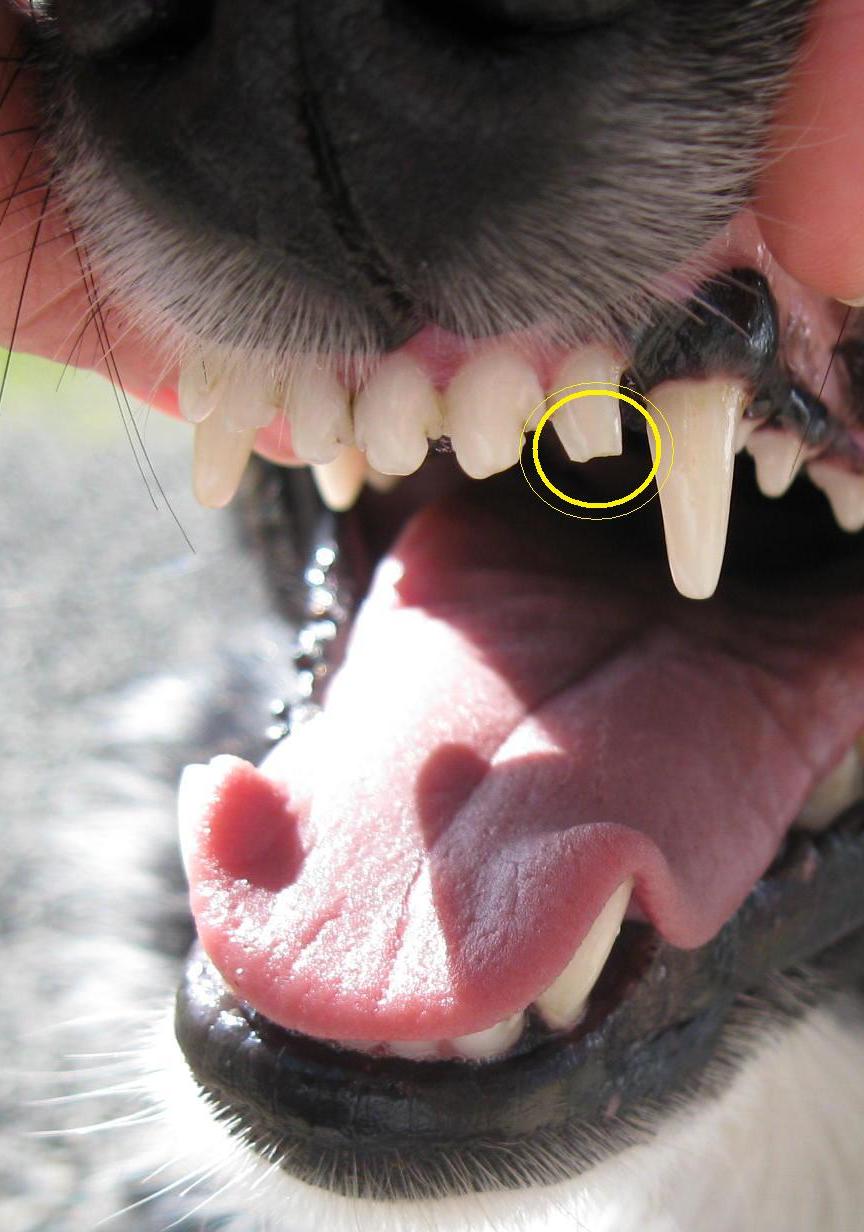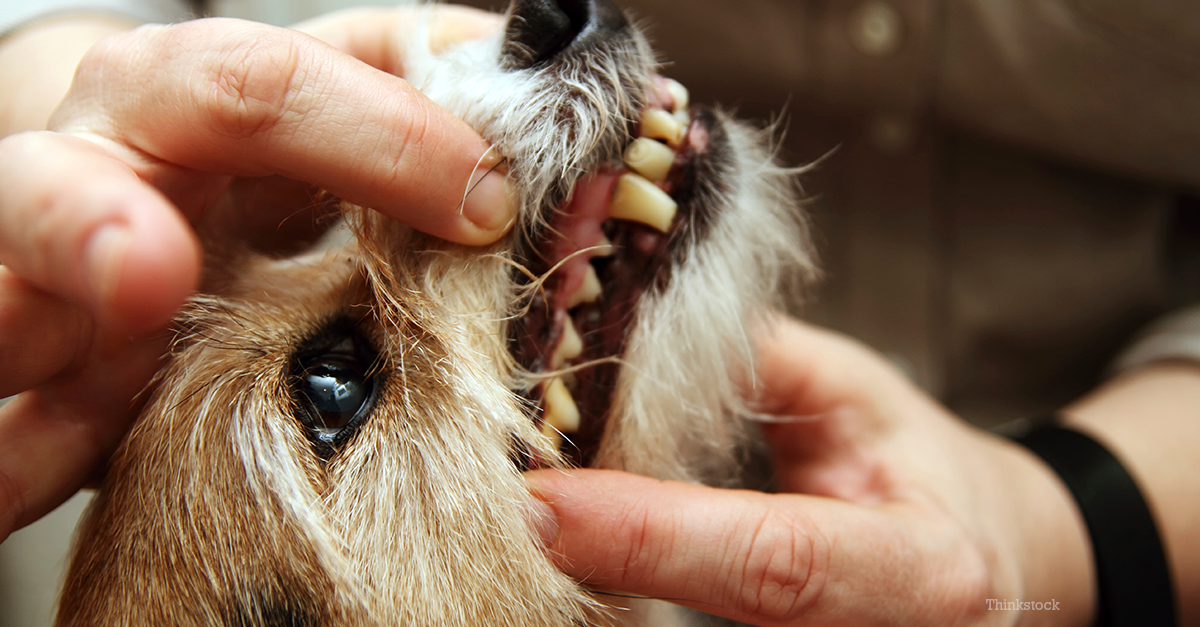Two Types of Dog Teeth Fractures Fractures that crack or chip the enamel exposing dentin, but do not expose the pulp canal, are termed uncomplicated fractures (Figure 1). When the enamel and dentin are broken, exposing the pulp canal, the fracture is a complicated fracture (Figure 2). 'Fractured teeth are a very common problem for companion animals' says Dr. Kathryn Primm, DVM, owner and practicing veterinarian of Applebrook Animal Hospital. She explains that dog owners should know the basic anatomy of a tooth, to better know what can happen to their dog's teeth from every day usage.
If you have discovered that your pup has a broken tooth, it is important that you take the proper steps so they can receive the care and attention they need.

This may or may not come as a surprise, but broken or fractured teeth are a common occurrence in dogs of all different breeds and ages. Because most dogs are so enamored with chewing hard objects, the canine (fang) and incisor teeth are frequently fractured from trauma. We see several different types of tooth fractures in dogs, but crown fractures are the most common. There are two types of brown fractures: complicated crown fractures and uncomplicated crown fractures.
Before we dive into what you should know to look for when it comes to broken teeth, let's touch a little bit on why our dog's teeth break and fracture. After that, we will go over some of the most common signs that your pet may have a fractured tooth and what you should do if your dog breaks a tooth.
How Do Breaks Happen?


If you have discovered that your pup has a broken tooth, it is important that you take the proper steps so they can receive the care and attention they need.
This may or may not come as a surprise, but broken or fractured teeth are a common occurrence in dogs of all different breeds and ages. Because most dogs are so enamored with chewing hard objects, the canine (fang) and incisor teeth are frequently fractured from trauma. We see several different types of tooth fractures in dogs, but crown fractures are the most common. There are two types of brown fractures: complicated crown fractures and uncomplicated crown fractures.
Before we dive into what you should know to look for when it comes to broken teeth, let's touch a little bit on why our dog's teeth break and fracture. After that, we will go over some of the most common signs that your pet may have a fractured tooth and what you should do if your dog breaks a tooth.
How Do Breaks Happen?
As mentioned above, dogs commonly break their teeth, which should come as no surprise considered all the crazy things they chew! In fact, we are surprised they don't break their teeth more often. Dogs often sustain breaks or fractures to their teeth from chewing on hard objects like crates, bones, rocks, or even metal. Additionally, dogs can also experience a broken or fractured tooth from playing too rough, falling or even being hit by a car.
Puppy Canine Teeth Broken Toe
What Signs Should I Look For?
The following signs and symptoms may indicate that your dog has a broken or fractured tooth:
- Noticeable pain
- Reacting or flinching when the mouth or tooth is touched
- Excessive drooling
- Difficulty eating
- Abnormal chewing
- Anorexia
- Refusing to eat hard food or treats (which is out of character)
- Bloody saliva
- Facial swelling
- Shows unusually irritable behaviors
The first step to getting your dog the care he or she needs for a broken tooth is to be aware of some of the most common signs and symptoms of fractured. However, please keep in mind that some pets show no signs of injury at all. Every animal is different and some may choose to hide their main and act/eat normally. This is why it is imperative that you routinely check your pup for signs of injury or unusual behavior.
Puppy Canine Teeth Broken Leg
Treatment Options for a Broken Tooth
Once your vet has confirmed your suspicion that your pup does have a broken tooth, you are likely wondering what the next step is. Your vet will likely perform a complete examination in order to determine the severity and extent of damage sustained by the affected tooth. At this point, they will be able to see whether or not the fracture involves the pulp cavity or if the tooth has merely been chipped and the edges just need to be filed down. Keep in mind that more complicated tooth fractures may require more in-depth dental treatment to save the tooth.
If you have any additional questions about what you should do if your dog breaks his or her tooth, please contact us at Sykesville Veterinary Clinic today.
Puppy Canine Tooth Broke Off
Creative Commons Attribution: Permission is granted to repost this article in its entirety with credit to Sykesville Veterinary Clinic and a clickable link back to this page.
